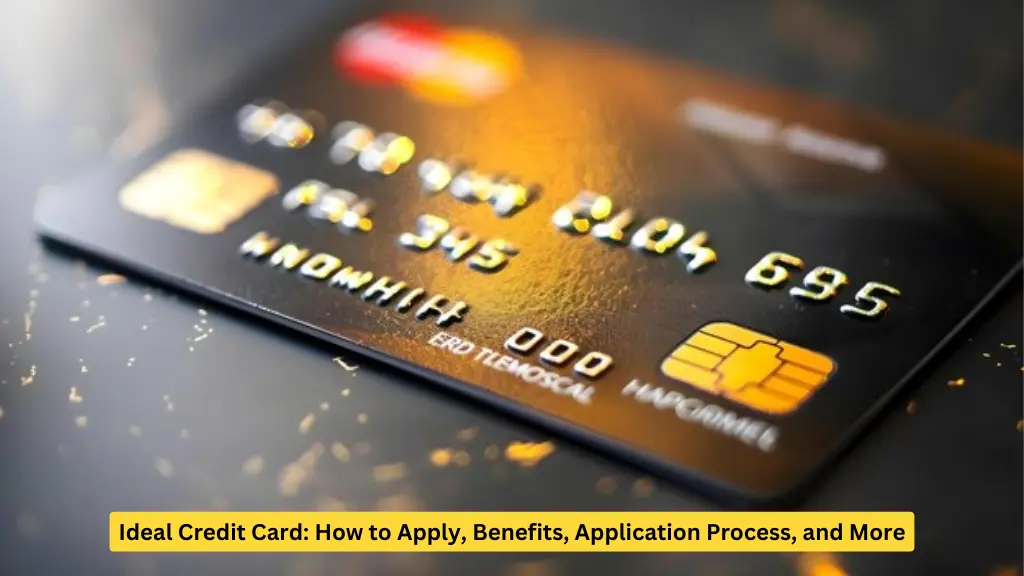Cash from Credit Card: Everything You Need to Know About Credit Card Cash Withdrawals

In today’s fast-paced financial landscape, credit cards have become an indispensable tool for managing our personal finances. Among their many features, the ability to withdraw cash from a credit card stands out as one that often attracts attention, especially during emergencies. However, while credit card cash withdrawals may offer convenience, they also come with certain risks and costs that consumers should be aware of before opting for this feature.
What Is a Credit Card Cash Withdrawal?
A credit card cash withdrawal, also known as a cash advance, allows you to withdraw physical cash using your credit card instead of a debit card. Unlike traditional transactions where you swipe your card to purchase goods or services, this transaction provides you with liquid funds. Though it may sound straightforward, there are a number of key details to consider when utilizing this service.
How Does Cash Advance Differ from Credit Purchases?
One of the most notable differences between a regular credit card purchase and a cash advance is the application of fees and interest. Credit card cash withdrawals generally carry higher interest rates than typical card purchases. Moreover, unlike standard purchases where interest may only apply after the grace period, cash advances usually begin accruing interest immediately. This makes it important to consider this method as a last resort rather than a routine solution.
Key Points:
- Higher Interest Rates: Interest on a cash advance is typically higher compared to regular credit card purchases.
- No Grace Period: Interest starts accruing from the date of withdrawal.
- Fees Involved: Apart from the interest, additional fees may be charged, such as a cash advance fee, which could range between 2% to 3% of the withdrawn amount.
Fees and Charges Associated with Credit Card Cash Withdrawals
When considering a cash advance, it is essential to be fully aware of the various fees and charges that could apply. These fees are in addition to the annual percentage rate (APR) applied to the cash advance.
1. Cash Advance Fee
Credit card issuers typically charge a cash advance fee, which is a percentage of the total amount you withdraw. This fee can range from 2% to 5%, depending on your card issuer. The specific fee will be detailed in your credit card’s terms and conditions, so it’s critical to review these before withdrawing cash.
2. ATM Fees
Since cash advances are often done through ATMs, you may incur an ATM fee, especially if you use a machine that is out of your credit card issuer’s network. These charges can add up quickly, especially if you are withdrawing from a third-party bank’s ATM.
3. Higher APR
Credit cards usually charge a higher APR on cash advances than on purchases. The APR for cash advances can be as high as 25% to 30%, which means that the amount you owe can grow quickly if you do not pay it off promptly.
4. No Grace Period
Unlike regular purchases that might offer a grace period before interest starts accruing, cash advances accumulate interest from the moment you withdraw the cash. This further exacerbates the cost, as even short-term use of this feature can lead to significant interest charges.
How to Withdraw Cash from Your Credit Card
Withdrawing cash from a credit card is relatively simple but should be done with caution. Here’s a step-by-step guide:
- Check Your Credit Card Limit: Ensure that your card allows cash advances and that you are aware of your cash advance limit, which is usually a portion of your total credit limit.
- Visit an ATM: Insert your credit card into an ATM, just as you would with a debit card, and follow the on-screen prompts.
- Enter Your PIN: You will be required to enter the PIN associated with your credit card to complete the transaction. If you have not set up a PIN, contact your credit card issuer.
- Withdraw Cash: Enter the amount you wish to withdraw, keeping in mind that fees and interest will be applied immediately.
- Receipt: Retain the receipt for your records, and note the fees that may appear on your next billing statement.
Important Considerations Before Using a Credit Card Cash Advance
Before opting for a credit card cash withdrawal, it is crucial to evaluate all alternatives and understand the financial impact.
1. Emergencies Only
We recommend using cash advances only in emergencies. The high fees and immediate interest charges make them unsuitable for non-urgent financial needs.
2. Consider Alternatives
If possible, explore other options such as personal loans or borrowing from a friend or family member. These alternatives may offer lower interest rates and more flexible repayment terms than a cash advance.
3. Pay Off Quickly
If you do proceed with a cash advance, try to pay off the withdrawn amount as soon as possible to minimize interest charges. Avoid letting the balance carry over multiple billing cycles, as the compounding interest can cause the debt to balloon rapidly.
How Does a Cash Advance Affect Your Credit Score?
While a cash advance itself does not directly affect your credit score, the consequences of taking one can. Here are a few ways it might indirectly impact your credit score:
1. Increased Credit Utilization
Withdrawing cash from your credit card will raise your credit utilization ratio, which is the percentage of available credit that you are using. Higher utilization can lower your credit score, especially if your utilization exceeds 30% of your available credit limit.
2. Potential Missed Payments
Because of the high interest rates associated with cash advances, it can be more challenging to pay off the balance. If you miss a payment, this will negatively affect your credit score.
3. Increased Debt
Frequent use of cash advances can quickly lead to mounting debt, especially if you are unable to pay off the balance in full. Increased debt can hurt your creditworthiness and make it harder to obtain credit in the future.
Should You Consider a Cash Advance?
While credit card cash advances can provide immediate access to cash, they should be approached with caution. The convenience comes at a cost—higher interest rates, fees, and no grace period. Therefore, it is essential to explore other options before resorting to this method. In situations where there is no alternative, ensure that you repay the borrowed amount as quickly as possible to avoid the accumulation of expensive interest.




